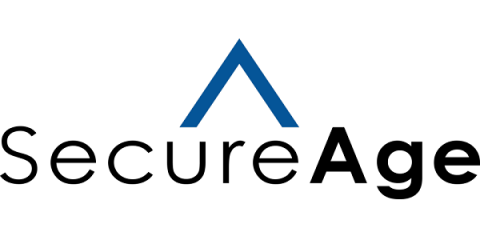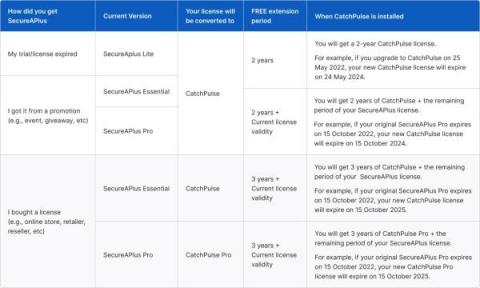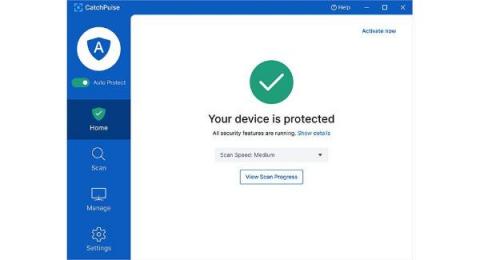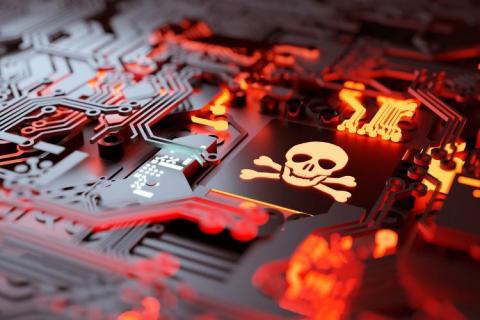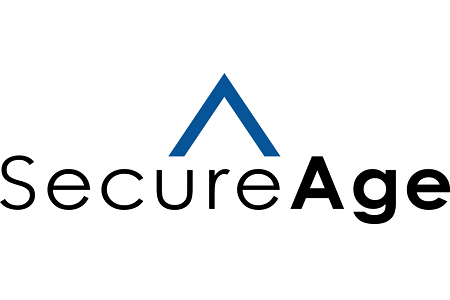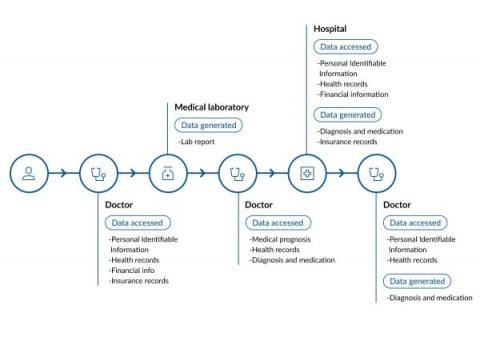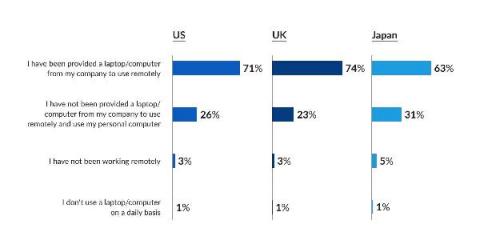Cybersecurity vs Computer Forensics: Same goal, different measures
Information security (infosec) should be at the top of the agenda for any business that operates in a data-driven and digital environment – and to be honest, which business today doesn’t? But when hiring for infosec positions, it’s important that business leaders understand the differences between cybersecurity versus a computer forensics role.


